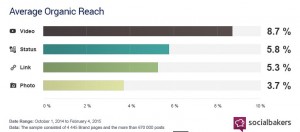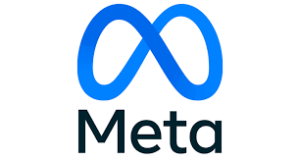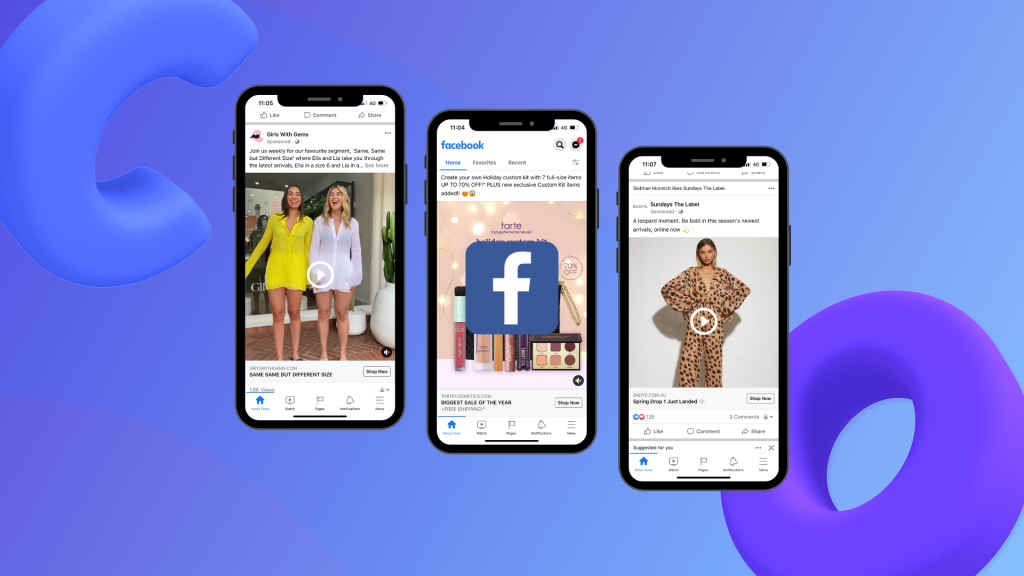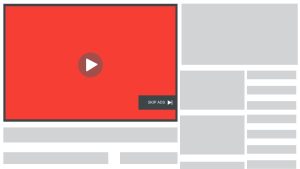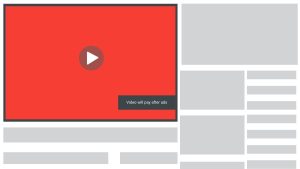How To Increase Your Social Media Engagement Rate In 2018
It goes without saying that one of the most frustrating things about social media marketing is receiving no engagement. You take the time out to create what you feel is great content but most of the time, you’ll receive less feedback than you think you deserve. Sometimes there’ll be a like or two, you might even get a comment here and there but it’s never the result you’re hoping for. As disheartening as this experience is, most of the time it isn’t your content, it’s how you are going about capturing your audience’s attention. The aim of social media marketing is to capitalise on connection and a great hook to increase your social media engagement rate allows you to do that. Here are our top tips to rising above the social media noise next year.
Finding Your Ideal Target Audience In 3 Simple Steps
The potential for success of any marketing company for both big and small businesses is limited until you know who to target.
Tips To Creating Quality Content For Your Business
In a world where content is deemed ‘king’, quality written content takes over. Content marketing is booming, businesses are making their mark, and where does that leave you? Having trouble finding a place to start? Not sure what to create to grasp the attention of your audience? We’ve come up with some simple tips to assist you in creating the quality content for your business that your audience will enjoy.
Not Just For Friends…Why Your Business needs Facebook!
Wondering which social media channel is best for your marketing strategy? We’ve got the stats that will prove why your business needs Facebook!
Did you know that the average internet user has approximately 5.54 social media accounts (Global Web Index)? It’s pretty incredible how spoiled for choice we are when it comes to social networking, however even with so many platforms now available for our personal and business needs, Facebook remains the clear champion.
What began as a small college-community platform in 2006, has since evolved into a mega billion dollar company worth $56.7 billion! What’s more, despite what you may think about Facebook being a platform for friends and cute cat pictures, it’s more popular than ever amongst business owners and entrepreneurs! Don’t believe me? According to statistics, more than 2 million advertisers use Facebook globally for their business needs!
As of last quarter, Facebook was found to have:
- 1 billion + monthly active users
- 874 million monthly mobile users
- 728 million daily users!
Some other stats you might not be aware of?
- 80% of daily users are from outside USA (Social Bakers)
- 8 new users sign up for Facebook every second (Wordstream)
- Over 1 billion people use Facebook via their mobile every day (up 22% year on year)
- Over 1 million people use Messenger every month (Facebook, 2016)
- Facebook Messenger chatbots are becoming more and more popular, ordering everything from Pizza and flowers, to Ubers and breaking news!
- Videos are the most shared post type, with an average of 89.5 Facebook shares (Mari Smith)
- In July of 2016, Facebook shares had risen more than 200% from their 2012 price (CNN Money)
- Video content has an organic reach of 135% higher than that of image posts (Social Bakers, 2015)
It’s no surprise that Facebook is a marketing wonderland for advertisers – after all, what other platform has such a gigantic reach across both desktop and mobile? From small trades and home ‘Vloggers’, to entrepreneurs and celebrities, it seems Facebook works across every industry you can think of!
That said – crafting your online presence takes work, and you need to be savvy about the way in which you market your content. One of the best ways to do so, is through the power of video. For example, while text and even images can find themselves getting skipped over or lost in the black hole of Facebook’s algorithms, video is the one medium that is still reaching audiences globally.
Take for instance these stats:
- people who watch product videos are 64% more likely to buy a product online (comScore)
- 36% of online consumers trust video ads (Online Publishers Association)
- 92% of mobile video consumers share videos with others (Invodo)
- Video now appears in 70% of the top 100 search results listings (Kissmetrics)
When you look at stats such as these, it’s easy to see how Facebook and video can give your business the winning edge!
Curious to know more about the power of video and creating an online Facebook presence for your business? Give us a call on 1300 332 256 to discuss your social media and video strategies!
How many times have you found yourself reading through a website, only to be interrupted by a rudely-timed pop-up? You may be thinking, ‘‘is there ever a pop-up that isn’t rudely timed?’ It’s a good question, and one that millions of people around the globe undoubtedly have asked themselves as well. The fact is, many pop-up ads just don’t get through to us the way they used to – but does this mean that pop-up advertising is dead?
Recently it was announced that as of early 2017, Google plan to penalise the rankings of websites who use invasive mobile interstitials – specifically, pop-ups that either completely or severely take over a reader’s experience – to improve the online experience of readers.
Given that software such as AdBlock has been downloaded over 500 million times, and that ‘annoying ads’ have been cited as the number one reason for blocking a site, it’s fair to say that people aren’t too fond of ads (let alone invasive pop-ups). However, despite what you might think pop-up ads aren’t all bad. Take for example the following statistics from webmeup:
- Pop-ups can double your subscription rate
- Entrepreneur.com increased their sales by 162%, subscriptions by 86 % thanks to pop-ups
- Visual Website Optimizer upped sign-ups by 50% with a pop-up form on the site
So what’s the verdict? Basically, you just need to know which kinds of pop-ups to focus on. Below are two examples.
Exit Pop-Ups
It’s a fact that people switch off when bombarded with ads that either completely take over their internet experience, or disrupt them as soon as they log onto a site, but that’s not to say that pop-ups don’t have their place. An example? Exit pop-ups.
For example, unlike their more annoying counterparts, exit pop-ups only appear when a reader chooses to navigate away from a website. Essentially, they operate like a ‘last chance’ offer – allowing you to invite readers to stay on your page and to remember your brand. Discount offers are a fantastic example of an exit pop-up, and are one that can also instantly drive up your sales.
Subscription Hover Pop-Ups
Unlike traditional pop-ups, hover-style subscription boxes can also help you to convert more readers. For example, according to Ambitionally, social media scientist Dan Zarrella found that pop-up ads doubled his subscription rate without increasing bounce rate!
Speaking of hover-ads, you can also try adding these to the end of your webpage. After all, if a reader gets that far down the page, it’s likely they’ve been enjoying reading your blog post – and therefore, may be more likely to opt-in to a subscription or to click on your pop-up.
Despite what we think about pop-up ads, it’s clear that they can still be beneficial to both customers and advertiser – however, the key is to learn which ‘types’ of pop-ups work best for your business, and when to apply them. Above all, it’s important to look into creating non-intrusive ads that appeal to your customers!
If you’re looking for an expert marketing agency to help you on your business journey, and to increase your traffic and get the conversions your business has been lacking, contact GetMore Traffic today on 1300 332 256!


